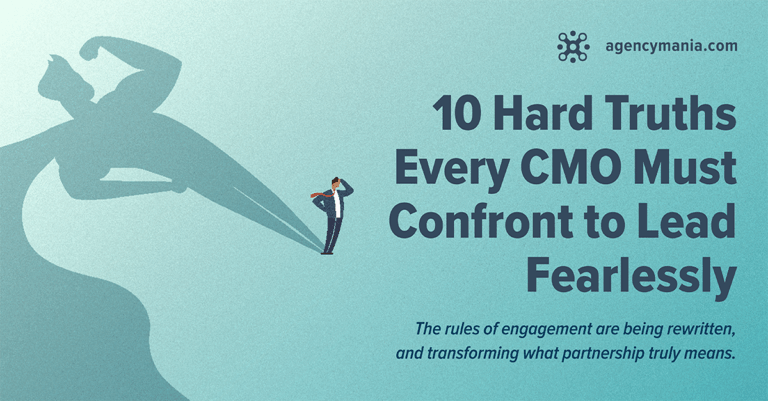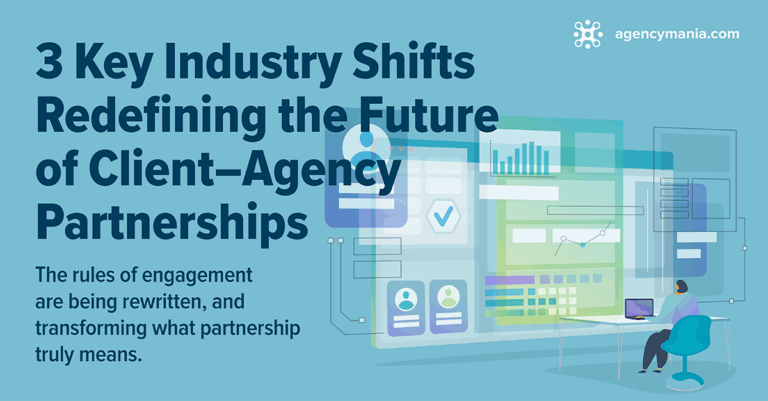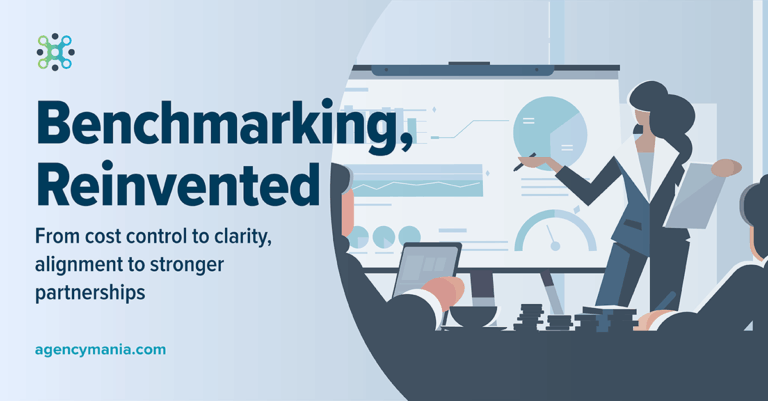Download a print-friendly version here
Will you marry me for just one night?
“Will you marry me for just one night?” is one of many popular pickup lines. But it’s a lot more than just humorous. If you work in the advertising industry, this line is more likely to make you cry your eyes out than laugh. The endless client/agency reviews in recent months have provided the news media with countless stories of failed relationships worthy of the script of the most popular drama shows.
Look at some of the recent roster changes: Fast food giant McDonald’s let go its agency of 35 years, Leo Burnett. SAA replaced various incumbent IPG agencies, which the brand has worked with over the past eight years. Pancake chain IHOP replaced four-year incumbent Dailey L.A. When AT&T consolidated its creative, digital and media accounts with Omnicom, incumbent WPP’s Grey lost the DirecTV creative and MEC the media business. Fast-food chain KFC is replacing its nearly 10-year incumbent media agency MEC. Greek yogurt maker Chobani replaced incumbent OMD, which the brand has worked with for five years. Swarovski replaced its media agency of nine years, and I could go on and list hundreds of failed client/agency marriages.
According to Agency Spotter, the average agency of record relationship lasts less than three years. Many decade-long iconic relationships have come to an end in favor of what appears to be nothing more than one-night stands with new sexy agencies. Some of these new relationships don’t even survive a year.
Put away the Kleenex box, however. Clients and agencies are no victims. Both sides have contributed over the years to fostering an environment where regularly changing partnership is expected and sometimes encouraged. Welcome to speed relationships. And both parties are ultimately paying the price for it. Let’s take a look at the most significant contributing factors to this disastrous phenomenon and four wedding vows that will ensure yours will last longer than a Kardashian marriage:
Vow #1: Apply more rigor to selecting the right partner
An expedited selection process and lack of thoroughness are the main reasons for failed client/agency relationships. According to the Agency Spotter study, 30% of brands say they hire a partner within two to three months, 31% within a month, and the rest within four or more months. As reviews are aggressively shortened to quickly select and onboard a new agency, clients often make compromises to speed things up. There is tremendous pressure to minimize the business impact of making an agency change, so clients are forced to skip important steps like in-person chemistry checks with all agency team members or conducting reference checks. The end result: the lack of process rigor leads clients to hire partners that are not the perfect match and are therefore likely to be short-lived. Similarly, agencies eager to get “in bed” with a new client might fail to properly assess how strong of a fit it is and figure out as they go how to make the relationship work despite some inherent gaps in mutual expectations. WPP’s decision to decline participating in the McDonald’s review due to concerns over cost issues is a good example of an apparent mismatch from the offset. Some clients like General Mills are looking for creative ways to do their due diligence to ensure the perfect fit. It decided to hold “creative salon,” 90-minute meetings as part of the chemistry check for its U.S. creative review. Choosing a client or an agency requires careful consideration. A cavalier approach or overly aggressive review process may endanger the outcome and create more inefficiencies and delays in the end. Do it right or don’t get started at all.
Vow #2: Commit to professional excellence in providing/receiving feedback
We can’t improve what we can’t measure. We can’t fix what we don’t know might be broken. It’s surprising to hear that some brands still have not formalized a 360-degree performance evaluation process, which provides a much-needed platform for continuous improvement on both sides. The result: brand advertisers change agencies frankly without valid reasons. These decisions are too often made subjectively, without data to inform them, leading to a revolving door of agencies coming and going. Not to mention the significant time and efforts associated with handling these reviews and onboarding new agencies. Even when brands conduct regular performance evaluations, they are too often using outdated, cumbersome, data-rich but insight-poor methods that fail to provide truly actionable insight. For some, it’s like checking a box on a to-do list. They do not truly leverage the information gathered to drive stronger partnerships and better work. Thankfully, there is a better way. Only those genuinely committed to regular bi-directional feedback and willing to invest in industry best practices are getting useful information to course-correct or improve the quality, speed or cost associated with the work. When brands up-level the way they capture or share feedback with their agencies, they can proactively identify the root causes of some of the inefficacies and make sure they do what they can to set up their agencies and themselves for success in the long run.
Vow #3: Build a genuine culture of partnership and collaboration
We’ve seen this movie many times, haven’t we? A new CMO gets appointed and a new agency soon after is assigned agency of record status. The relationship is being held at the executive level and is mandated from the top down throughout the organization without much consideration to encouraging or promoting a culture of collaboration from the bottom up. The significant turnover in marketing leadership has led to a myriad of reviews in creative, media, digital and PR. A new report from Russel Reynolds Associates shows that marketing leadership turnover has reached a new high with 175 appointments in the first six months, a 31% increase YOY, and 62% of brands replace their CMO with someone from outside the company. Expect to see a continued rise in agency reviews. Much consideration must be given to set up the new partnership for success by investing in a robust onboarding process and a strong emphasis on a culture of collaboration at every level of the organization and among roster agencies. At the ANA Masters of Marketing, Verizon’s Executive Vice President and Chief Marketing Officer Diego Scotti spoke to the power of collaboration: “We are stronger together than we are apart.” According to Scotti, putting collaboration into practice is everything.
Vow #4: Enable innovation, velocity and impact through empowerment
There is no greater contributing factor to vastly shortened client/agency partnerships than missed expectations or unclear objectives. When the goals and expectations are not clearly stated at the beginning of the relationship, it inevitably leads to disappointments, wasted efforts and agency reviews. Setting up an operating model that is designed to foster innovation, velocity and impact is empowering agencies to lead and excel. This is what Deborah Wahl, Senior Vice President and Chief Marketing Officer of McDonald’s USA Inc., has built as part of the brand’s new agency called “Cortex.” It puts cultural insight, consumer insight, media data, market context, business data and user journey at the center, all of which are driven by a roster of agencies like Omnicom’s annalect and sparks & honey, and supported by DDB, OMD and others driving innovating thinking, moving at the speed of culture and focused on business impact. At the ANA Masters of Marketing, Wahl pitched “never ending transformation based on human intelligence at the speed of now,” an approach that is built to win and last.
Brand advertisers must consider the implications of constant agency reviews and apply more thoughtfulness to choosing the right partners, building the right model of collaboration, feedback-rich processes and efficiency for these client/agency relationships to prosper and last. Agencies play an important role as well to adapt to the changing landscape that requires brands to move faster, innovate, build better content and operate in a more streamlined fashion. Then, and only then agencies and their clients can drop dated pickup lines like “Do you believe in love at the first sight, or should I walk by again?”







